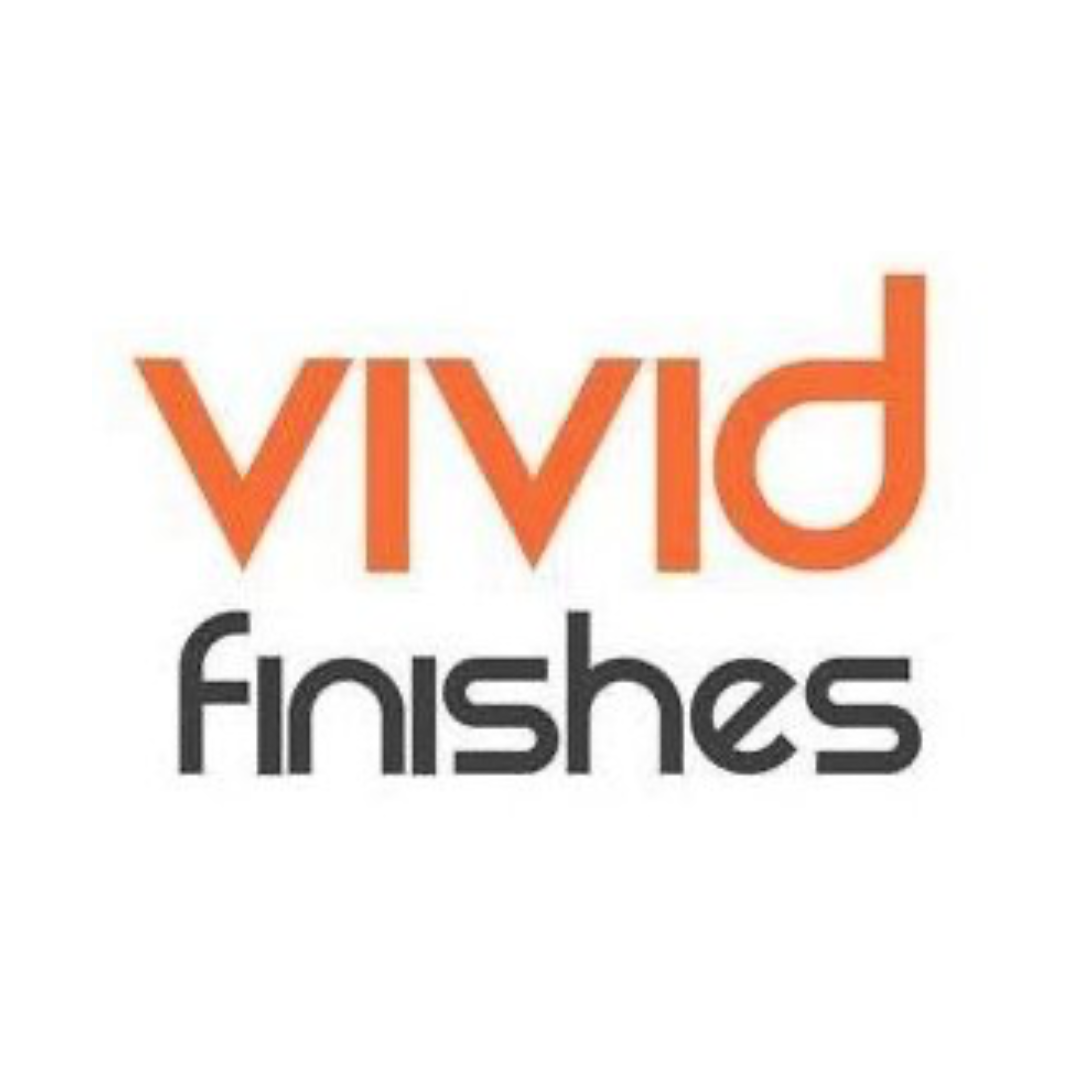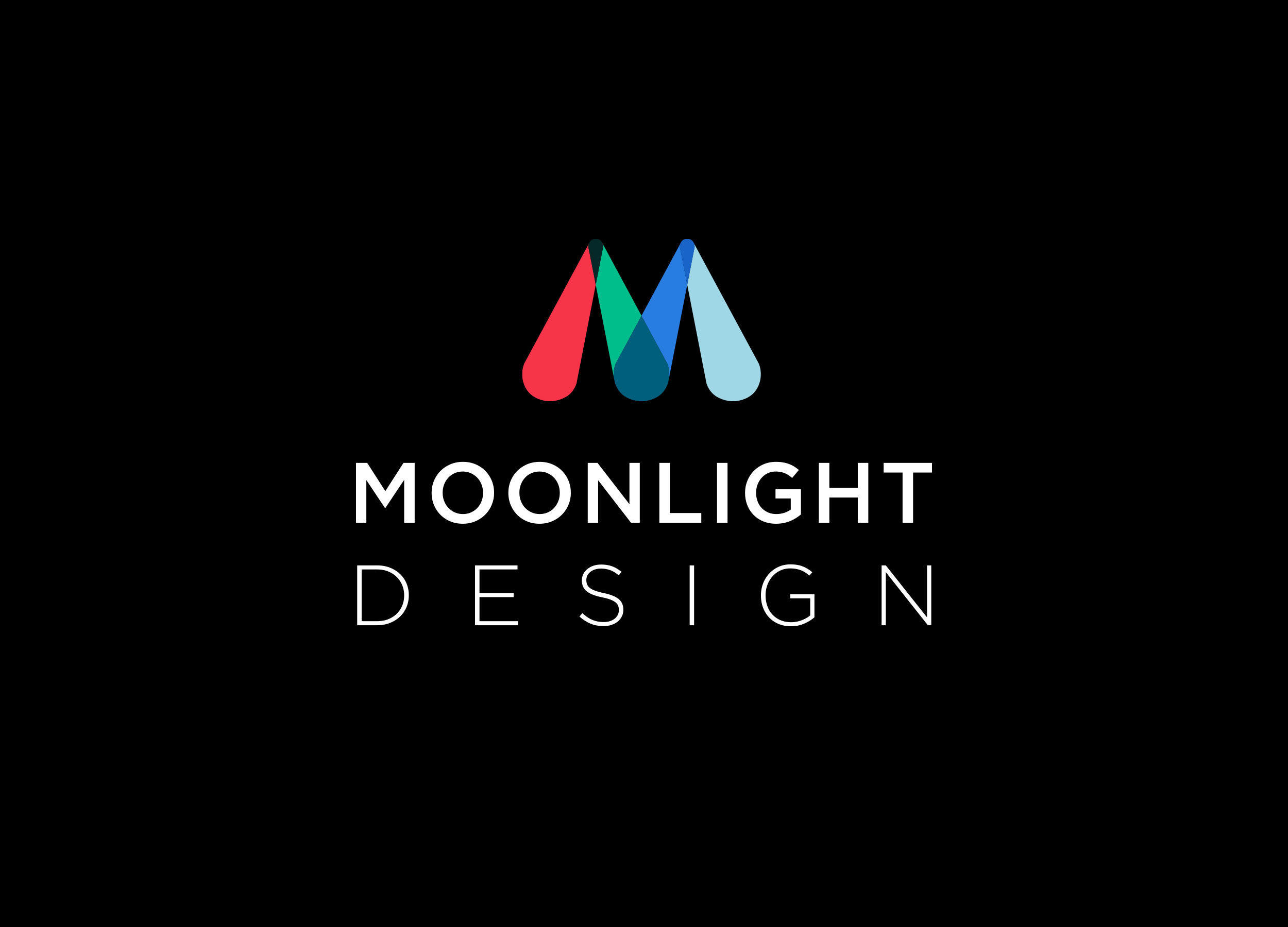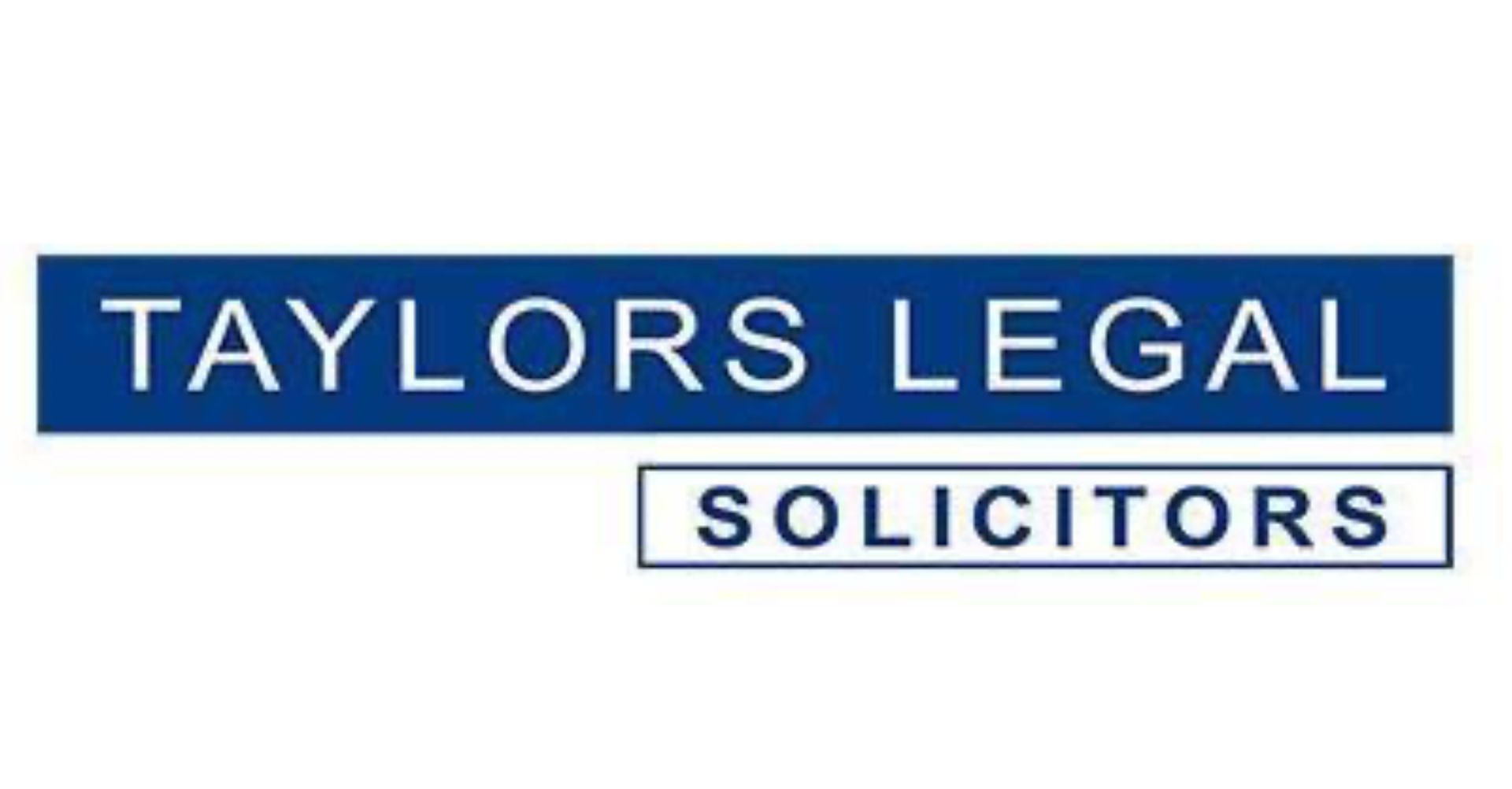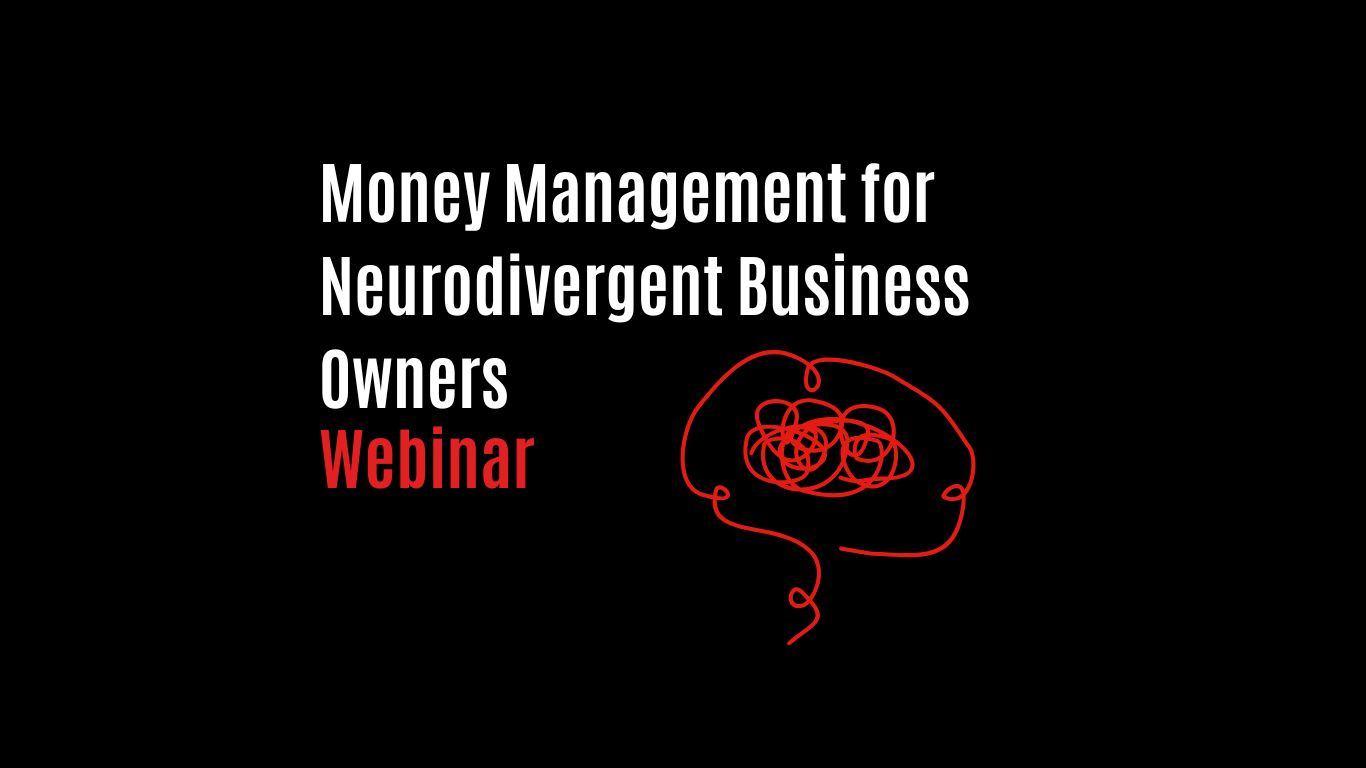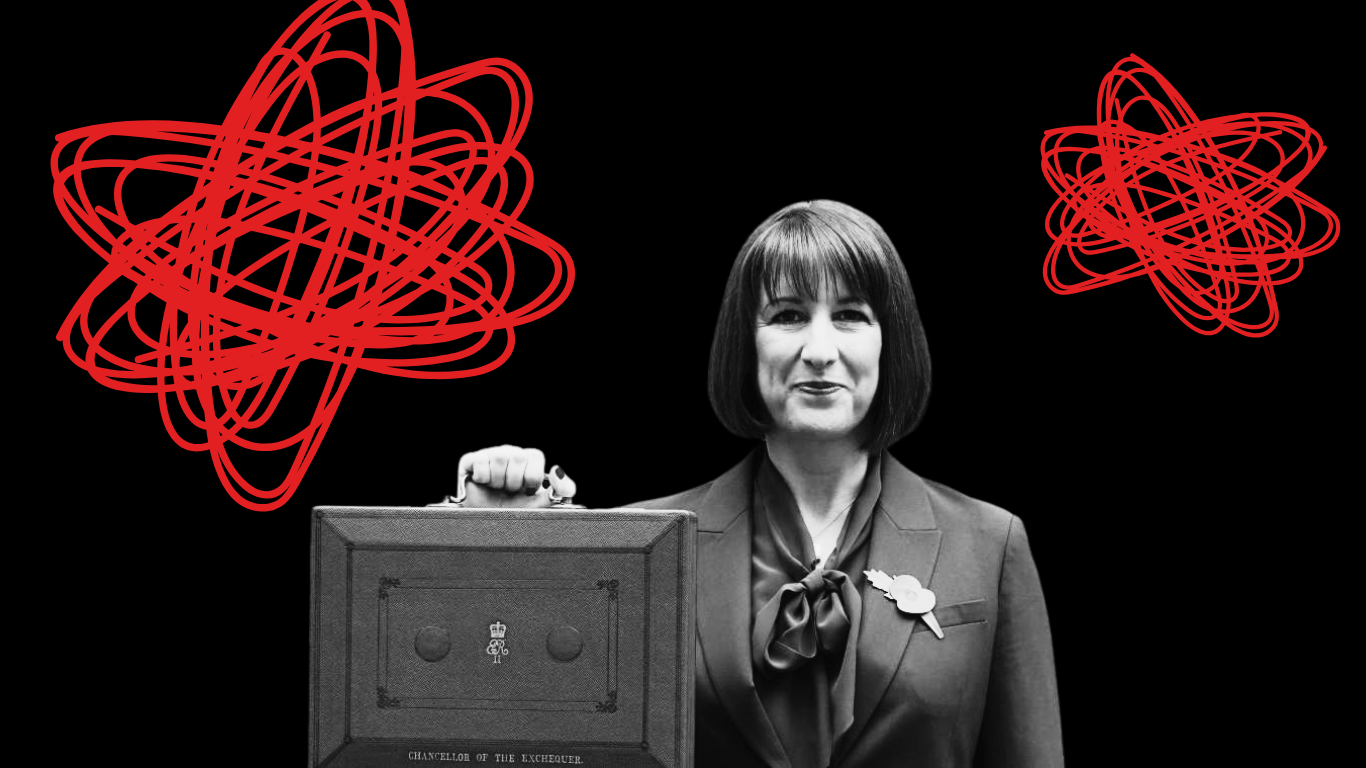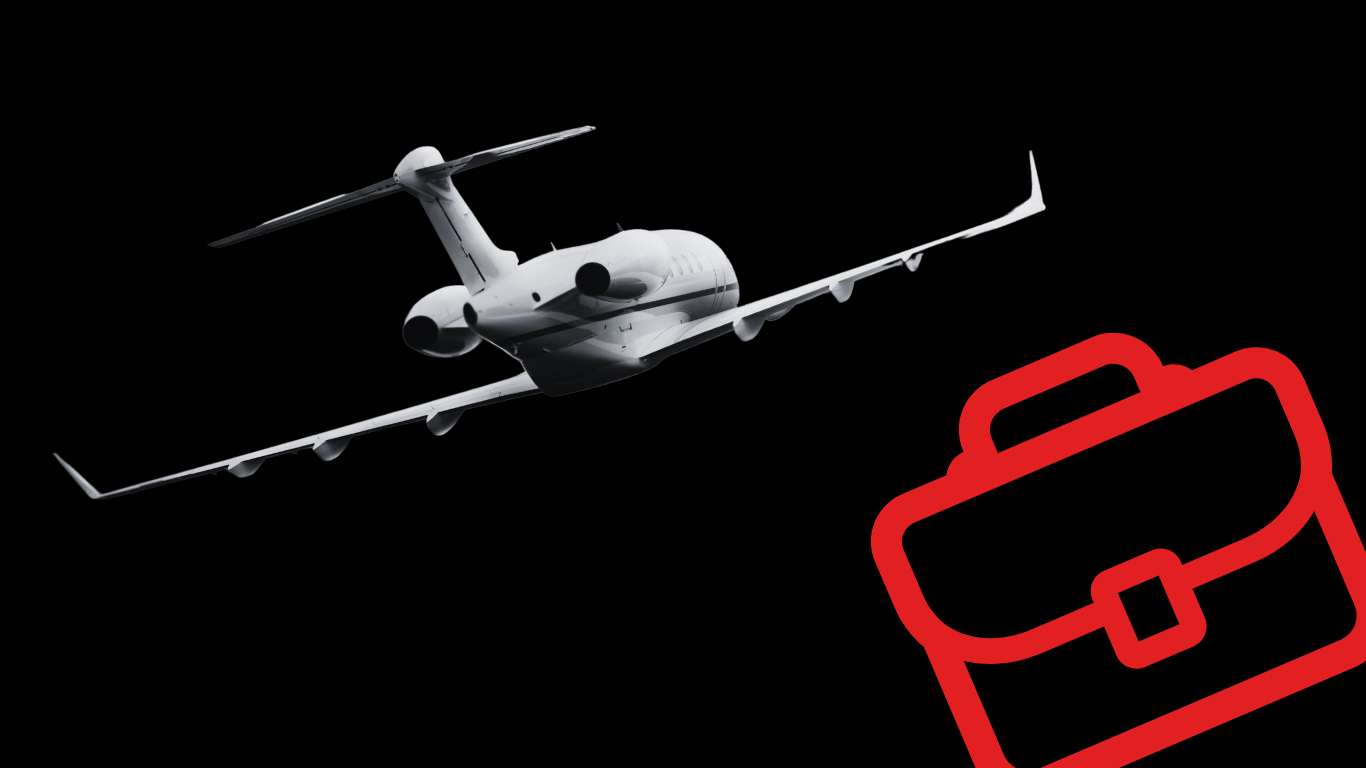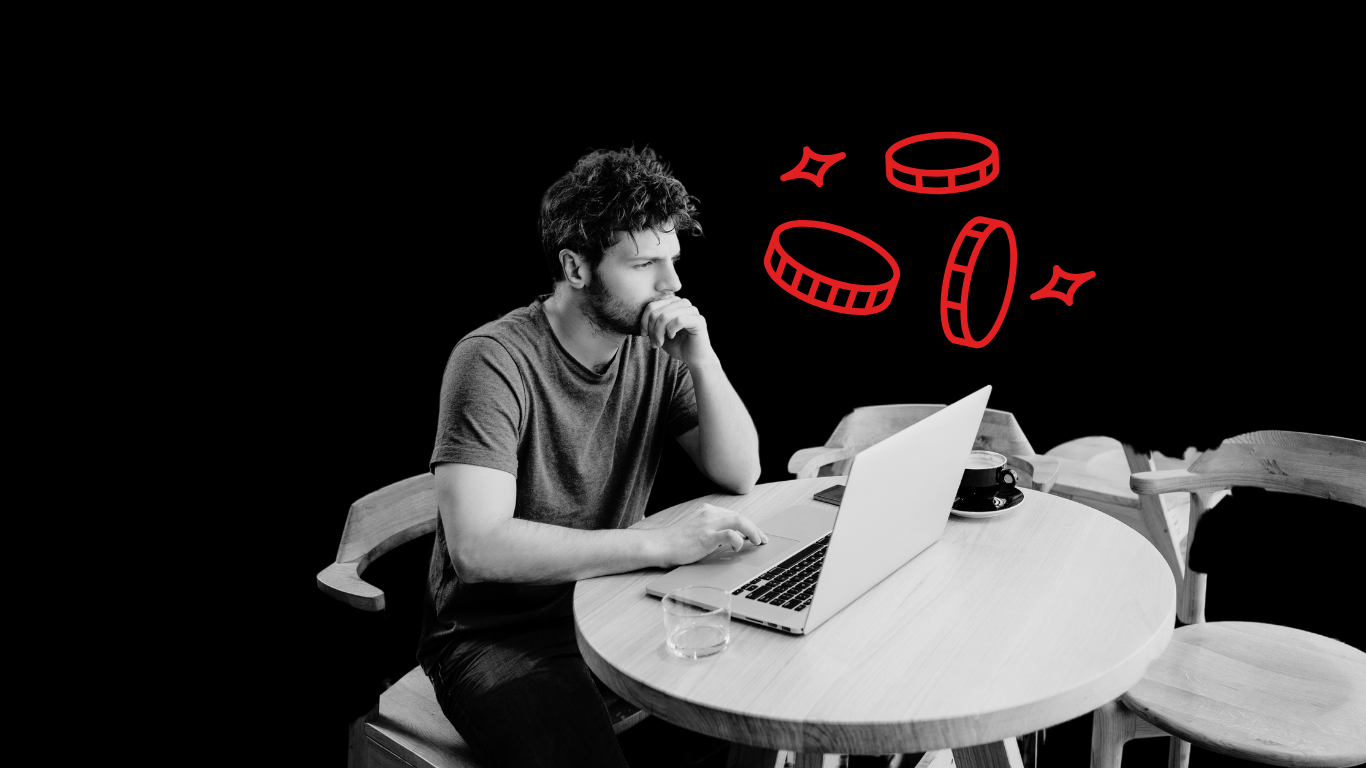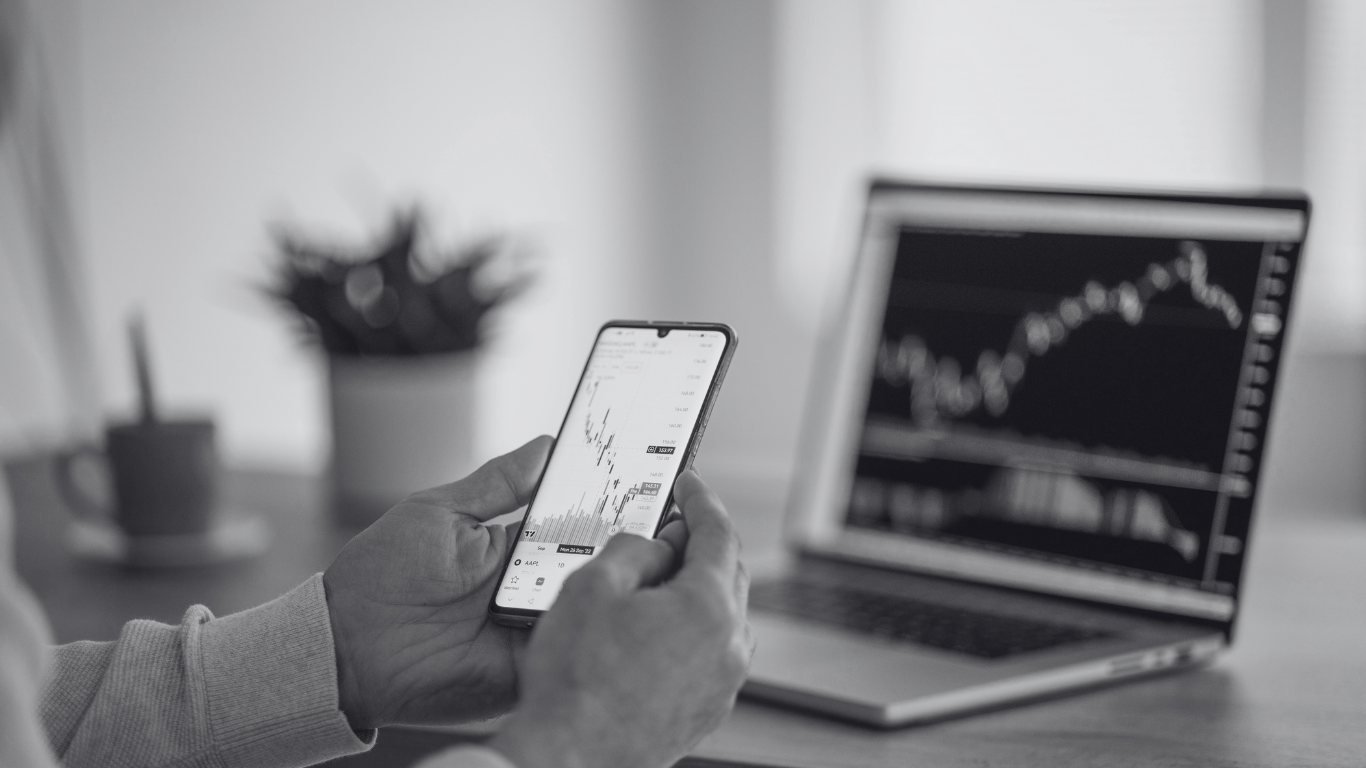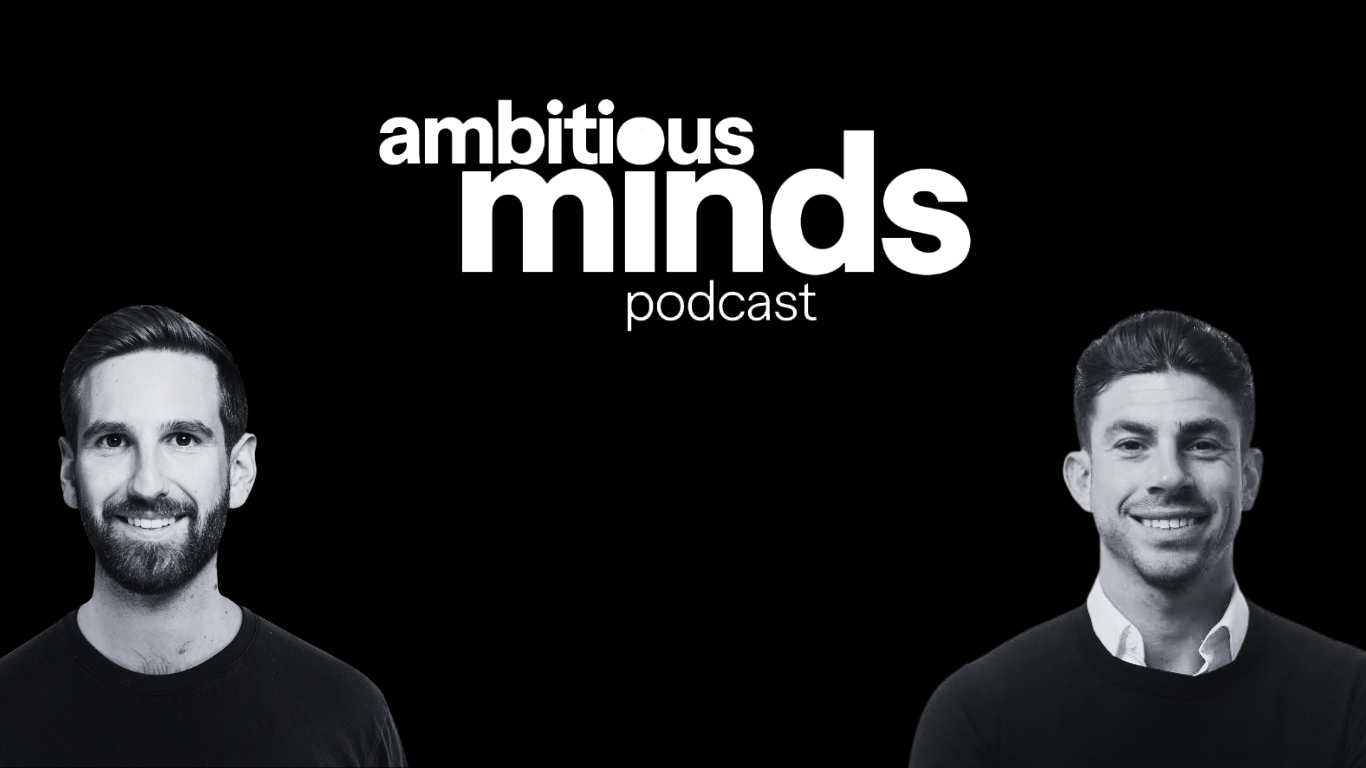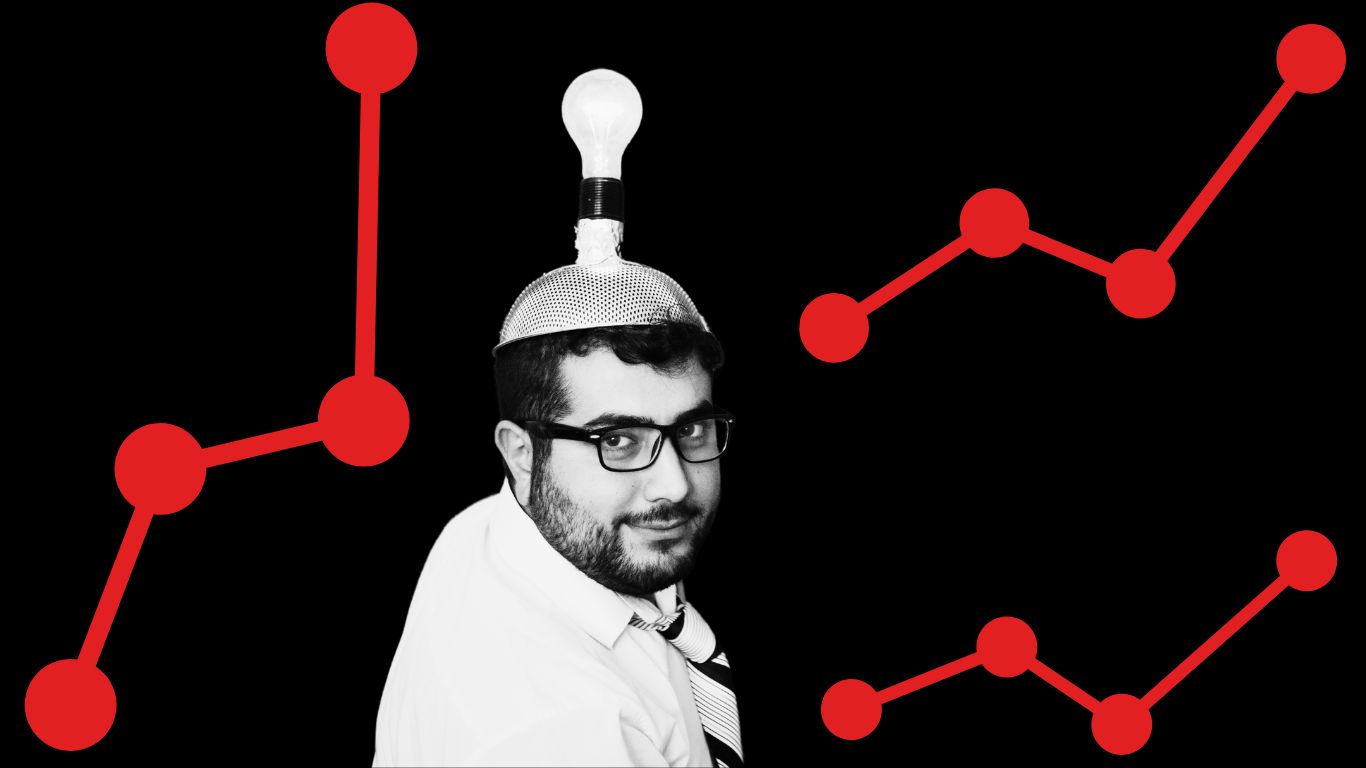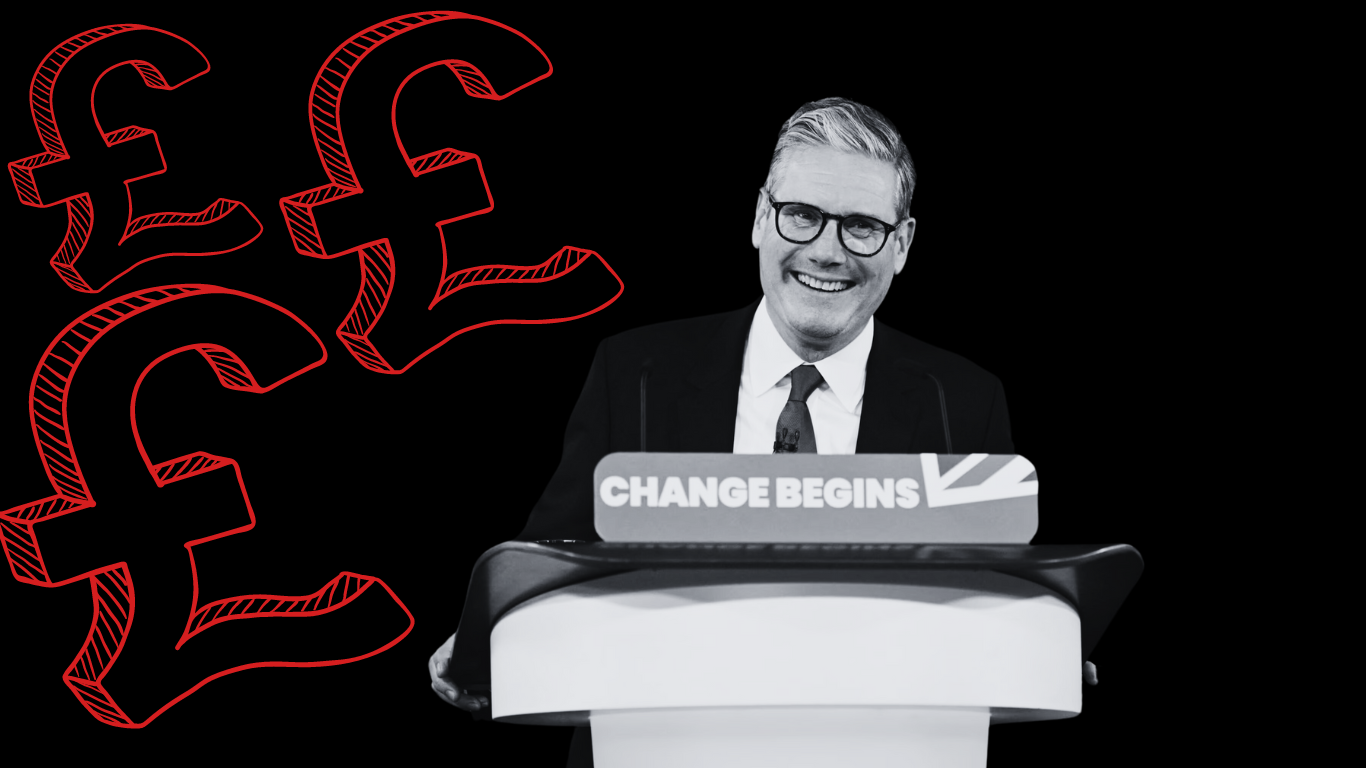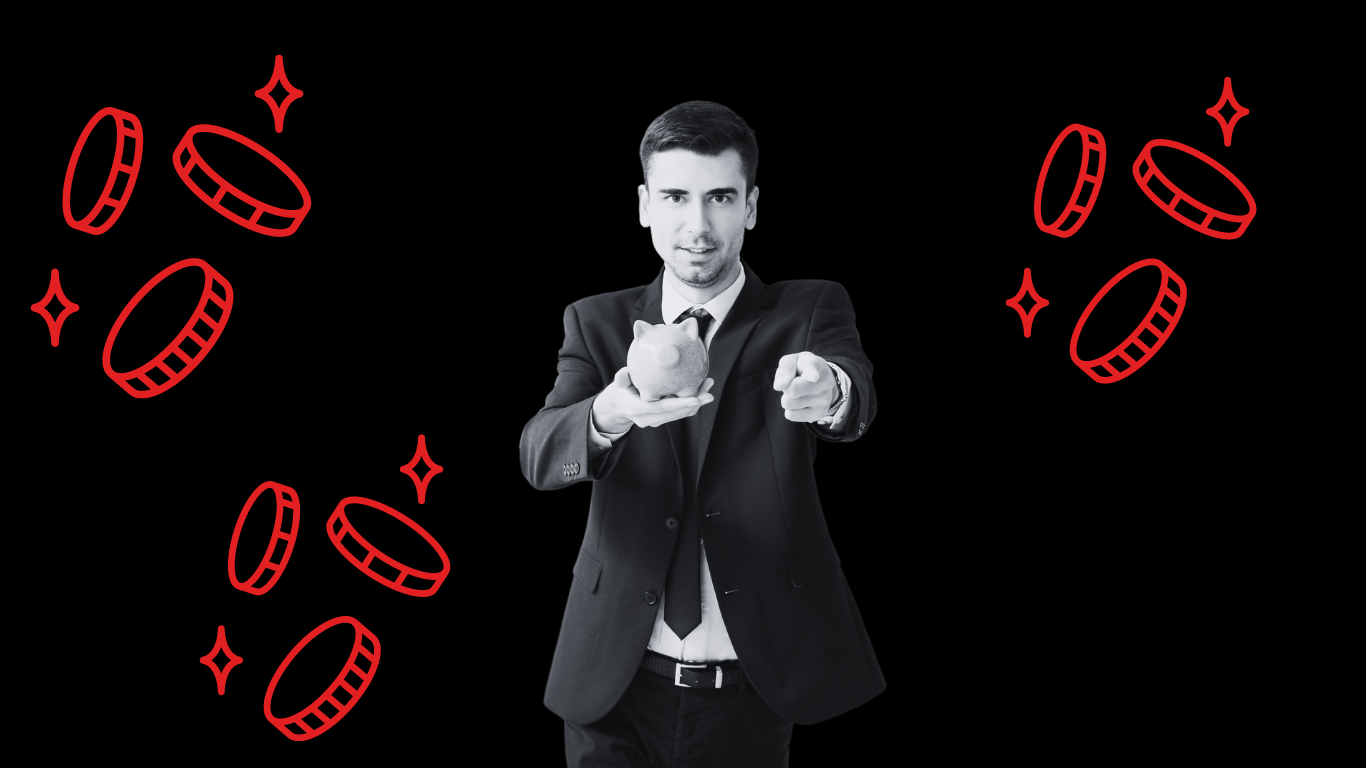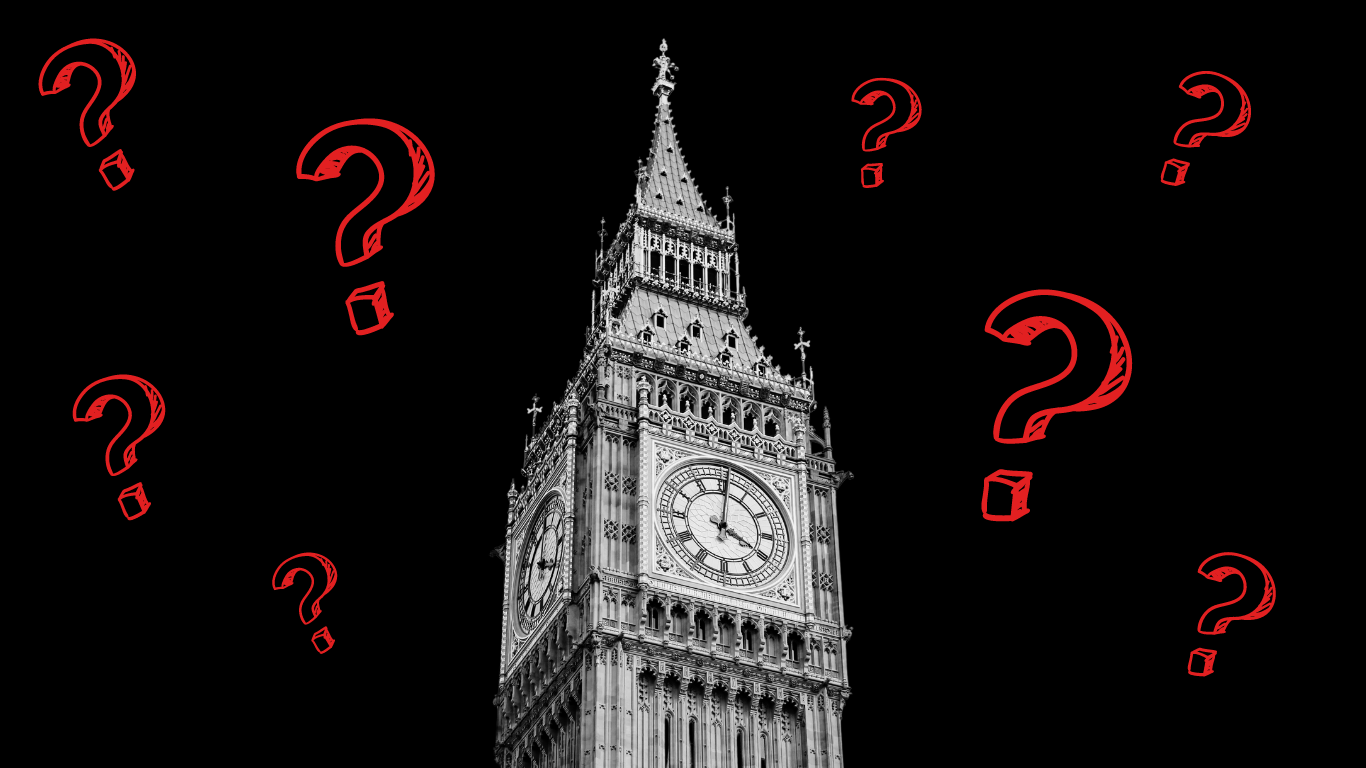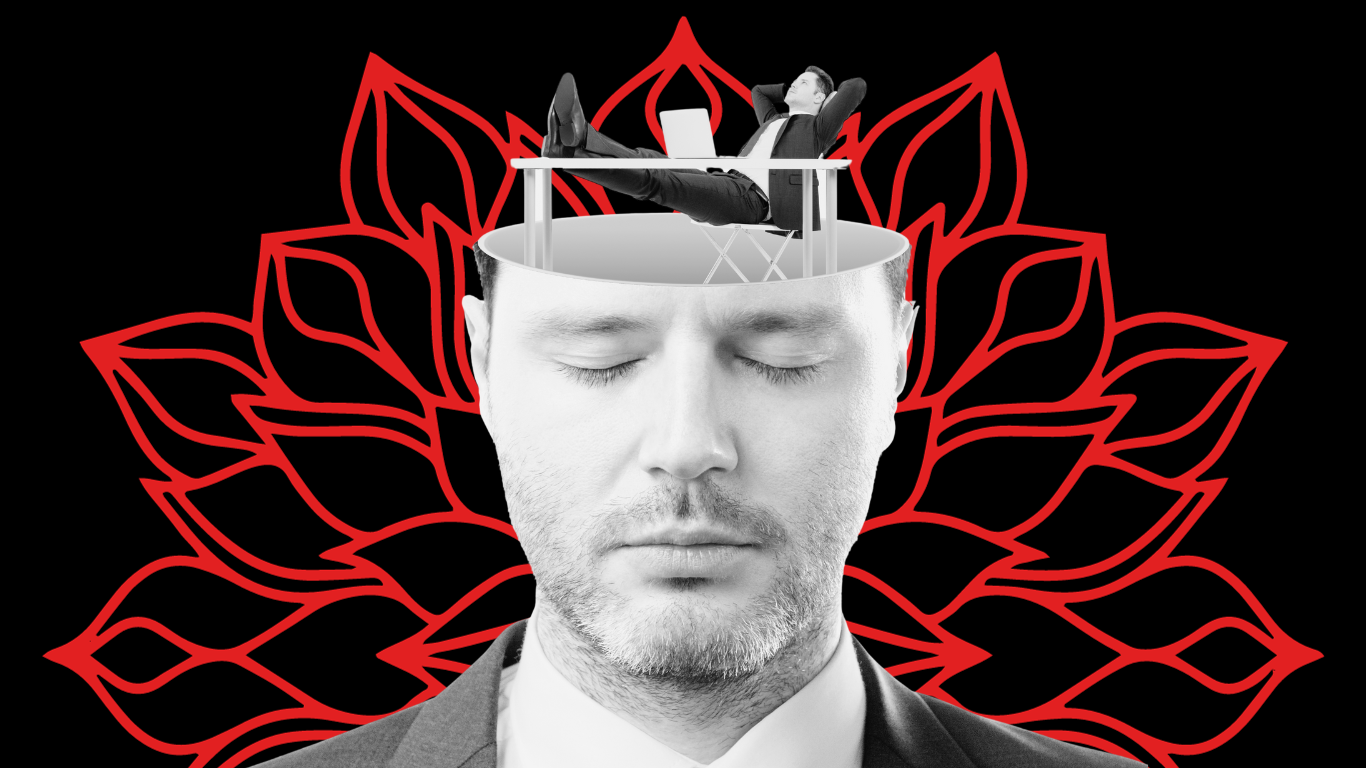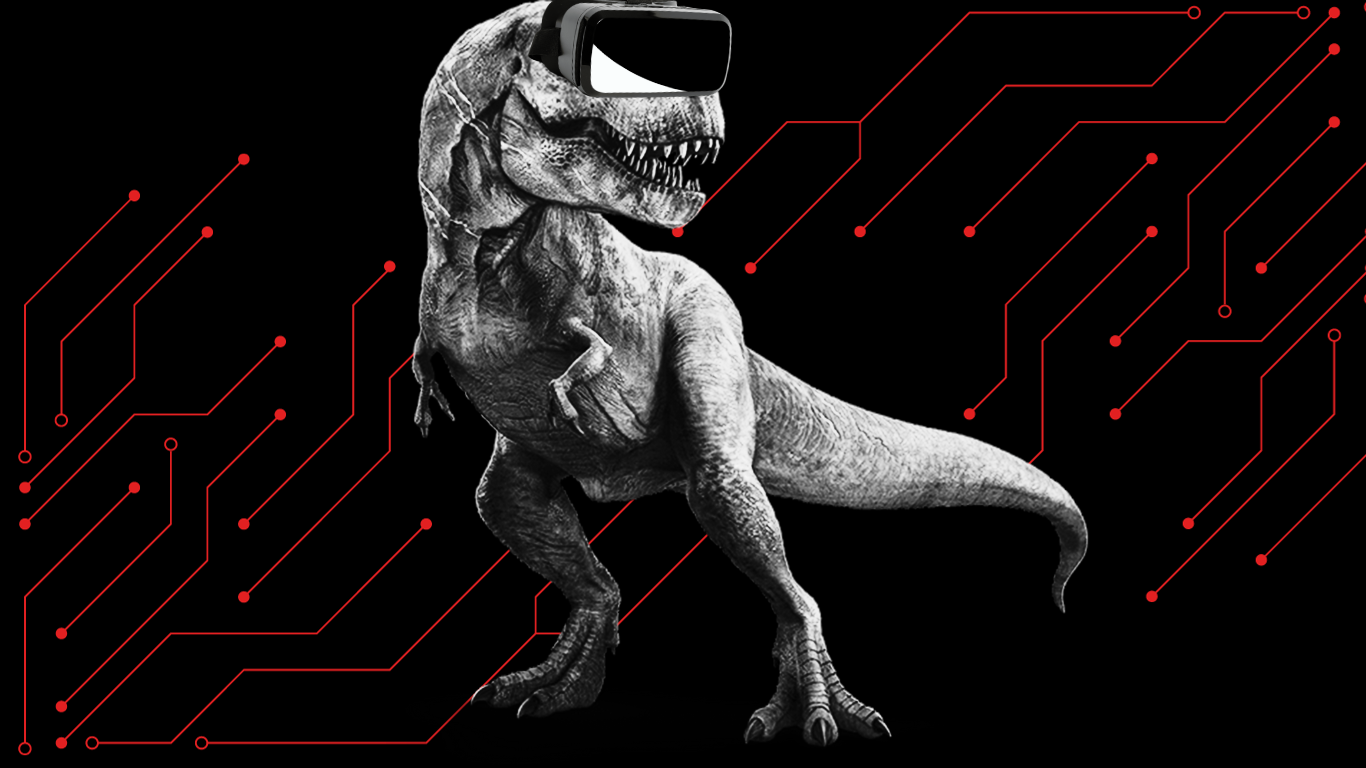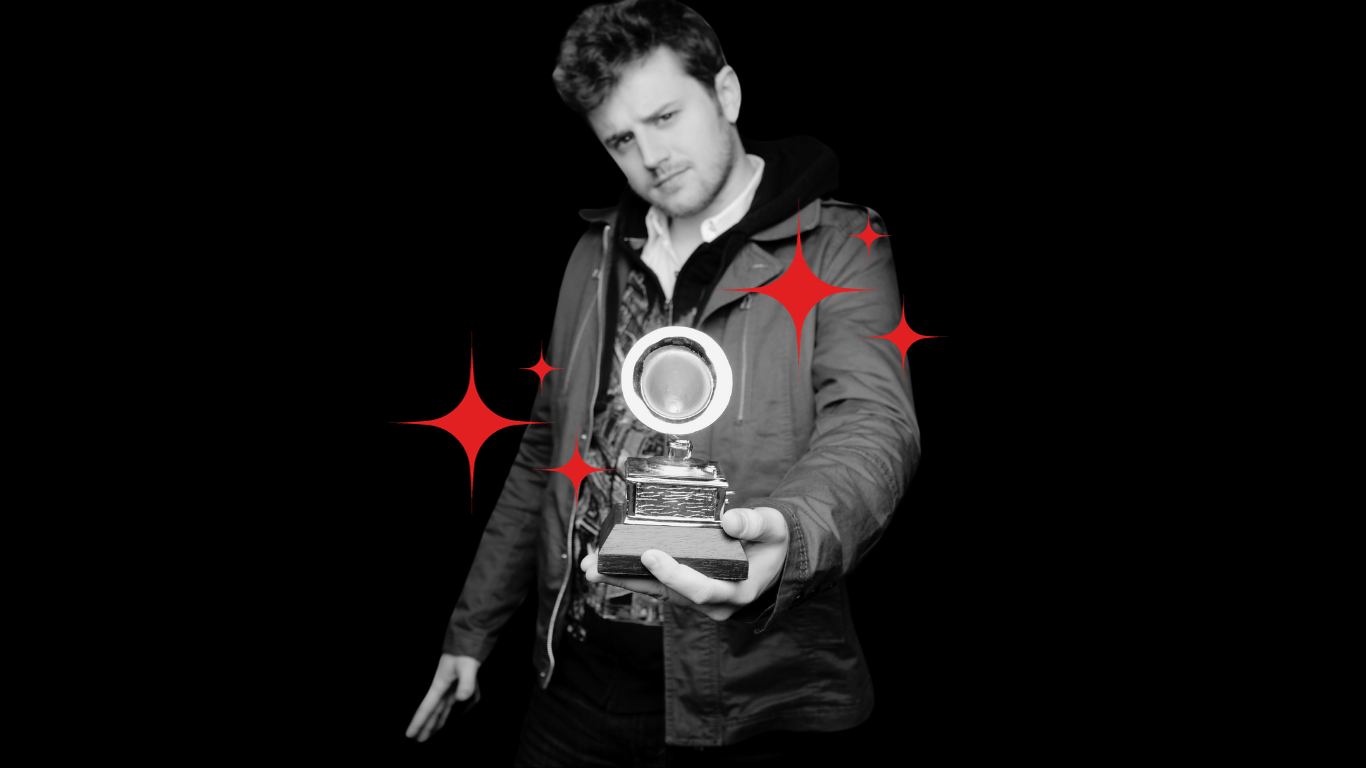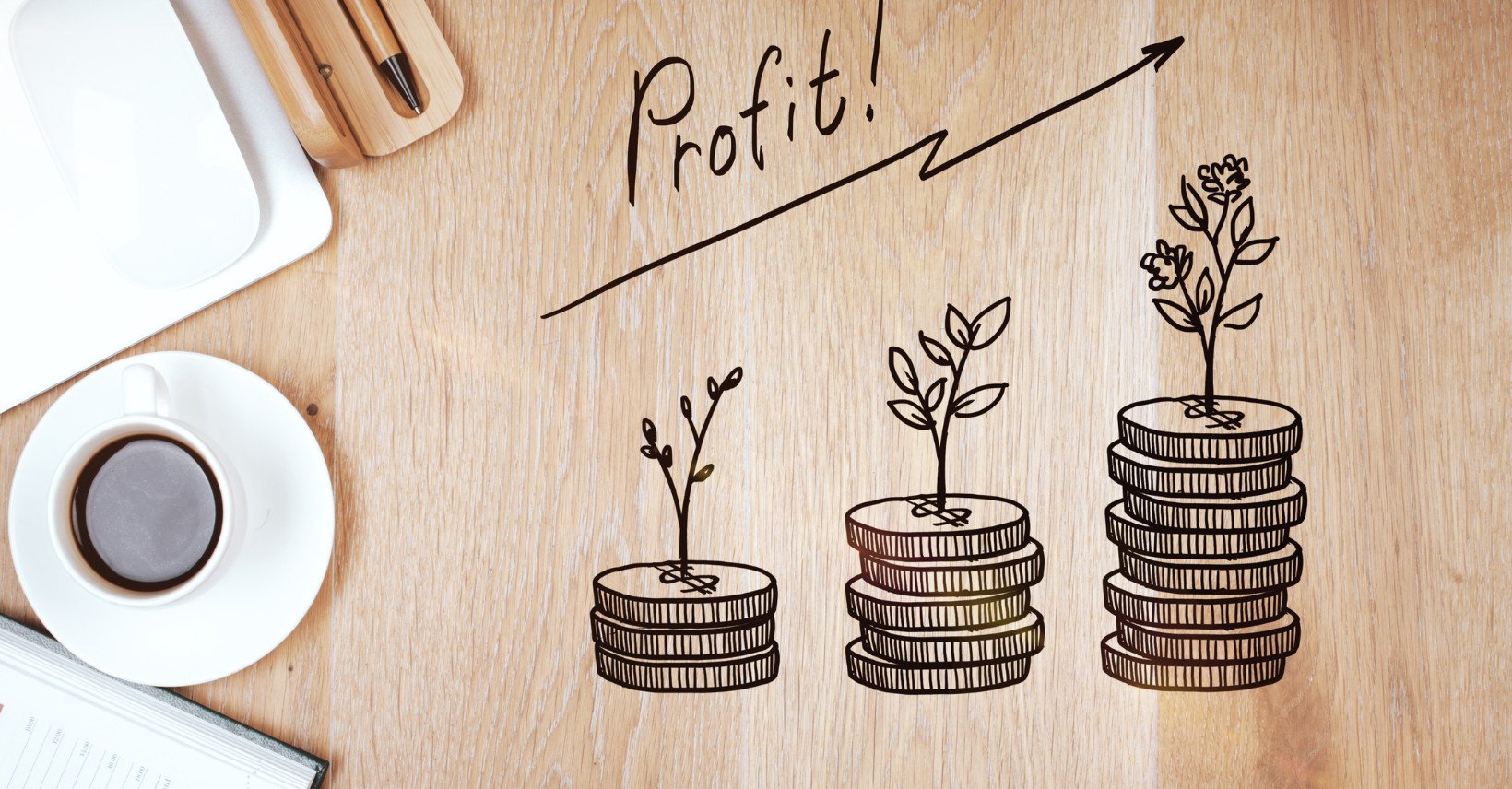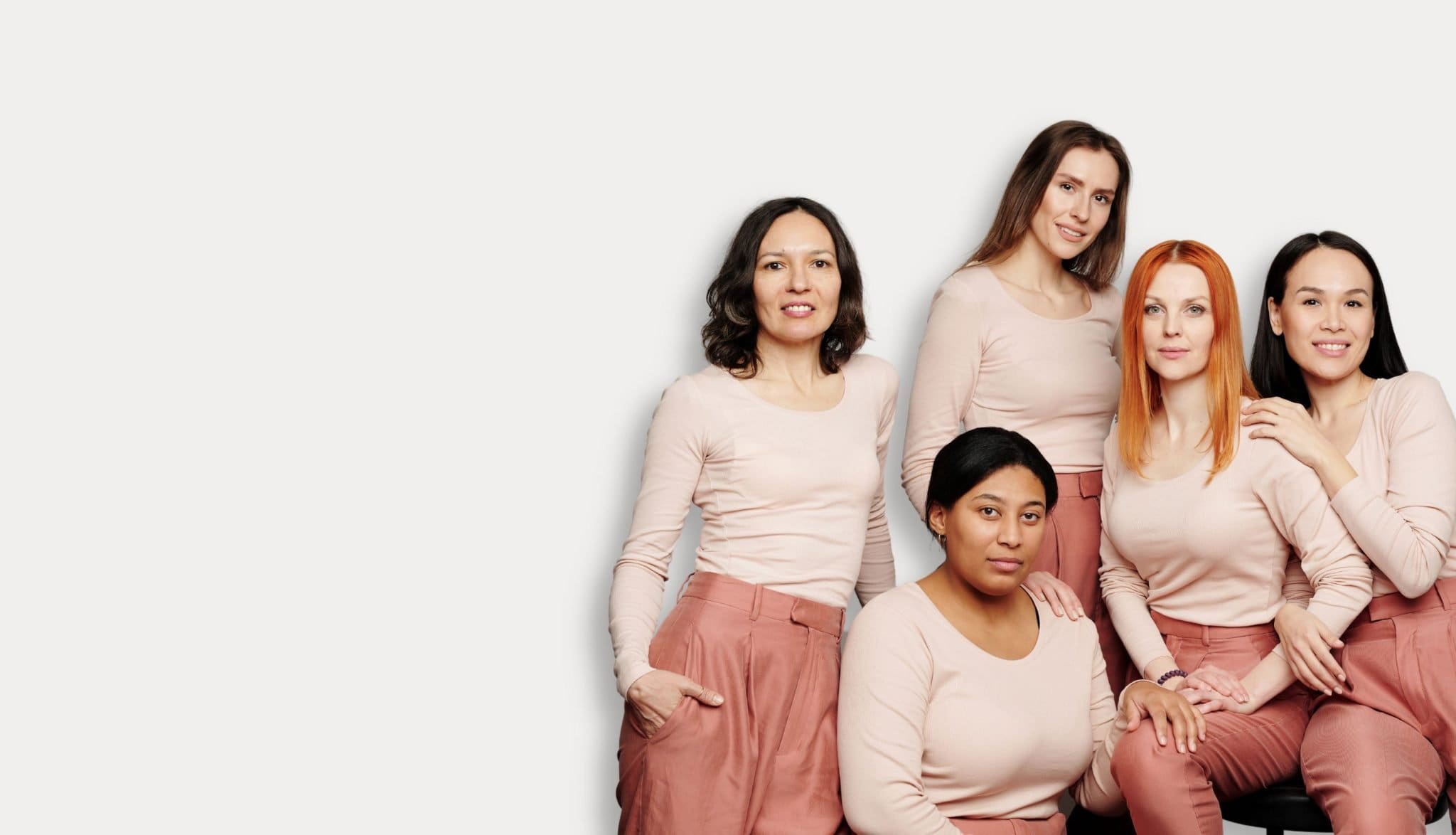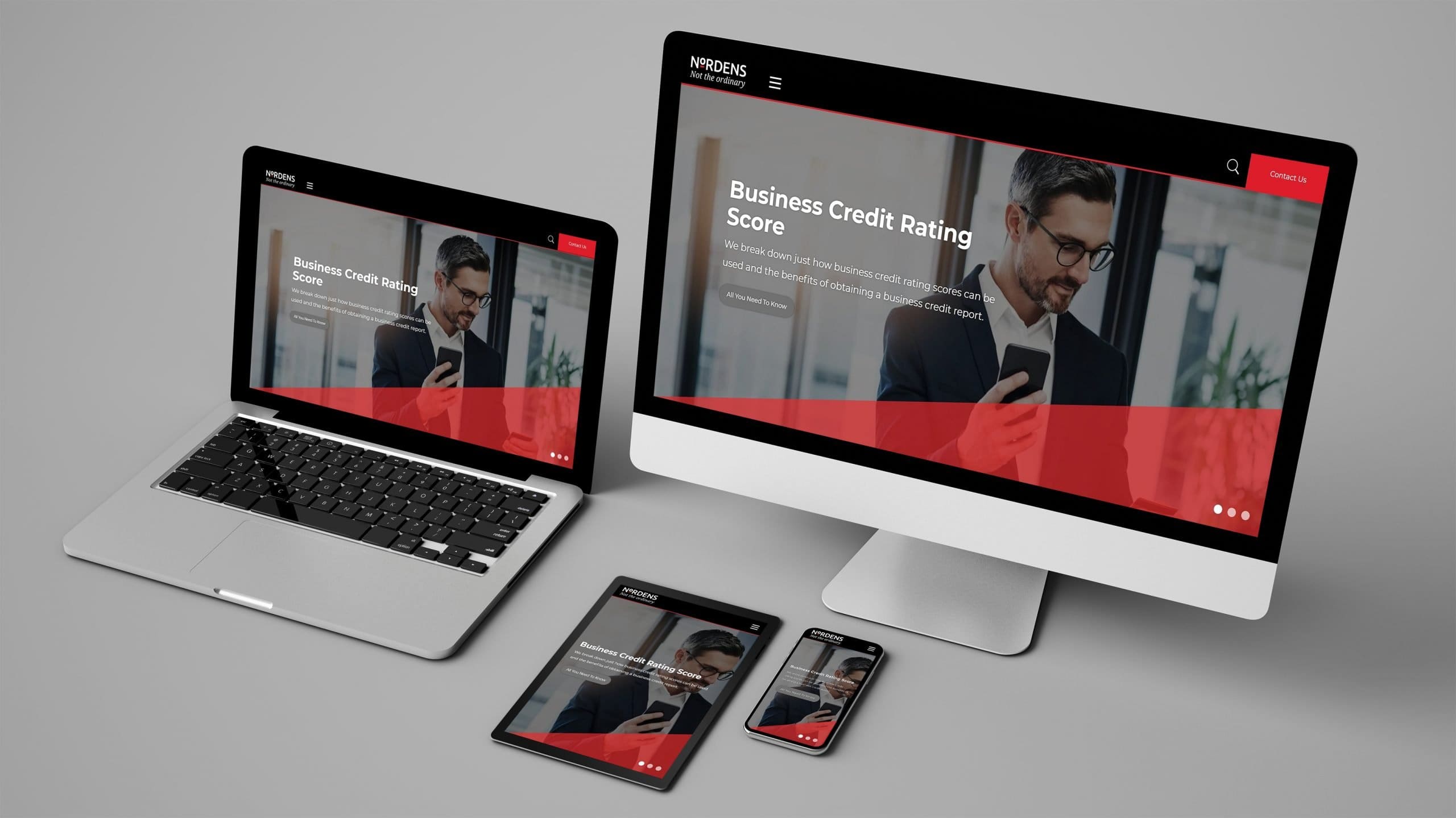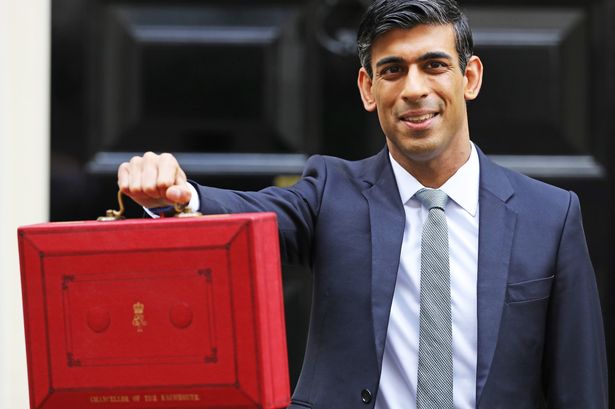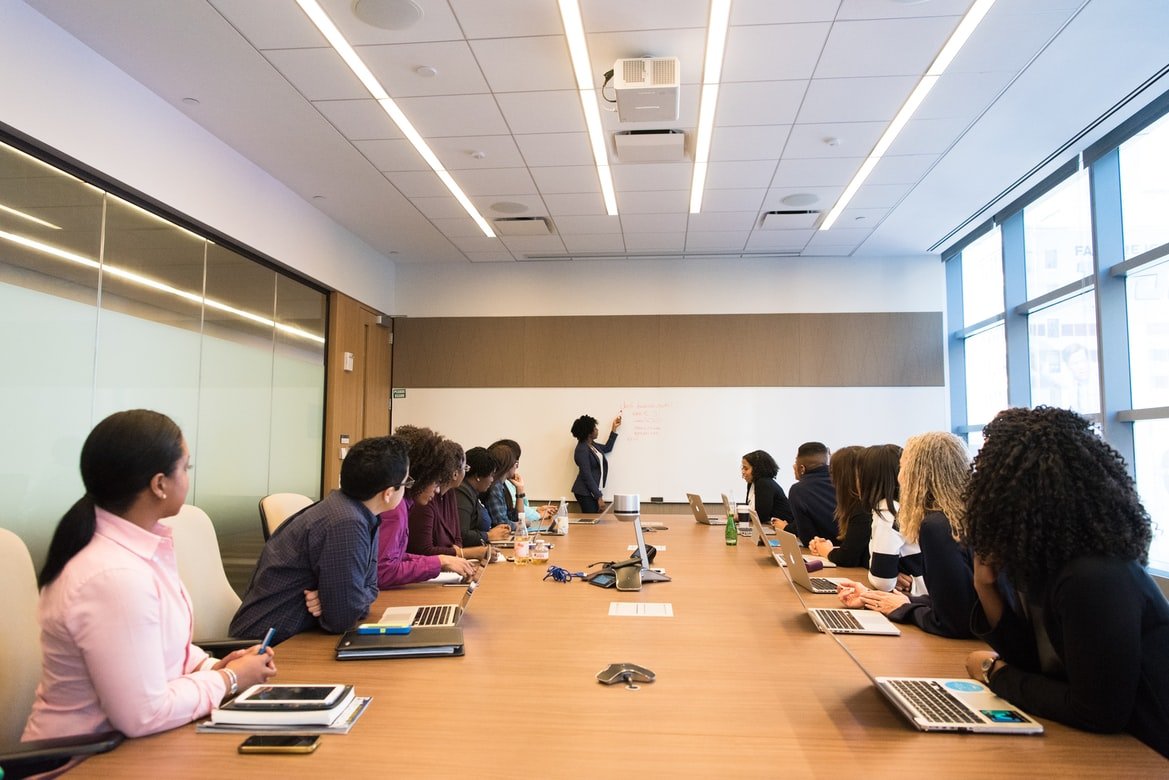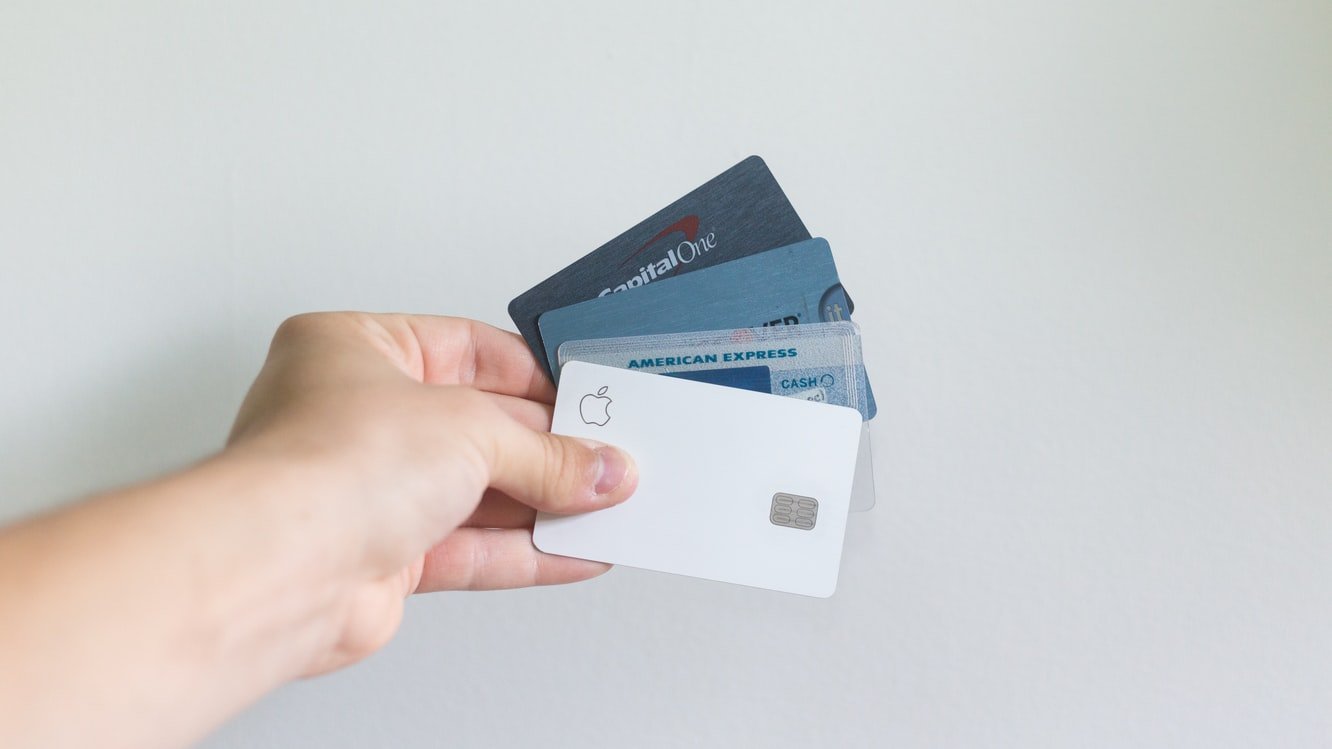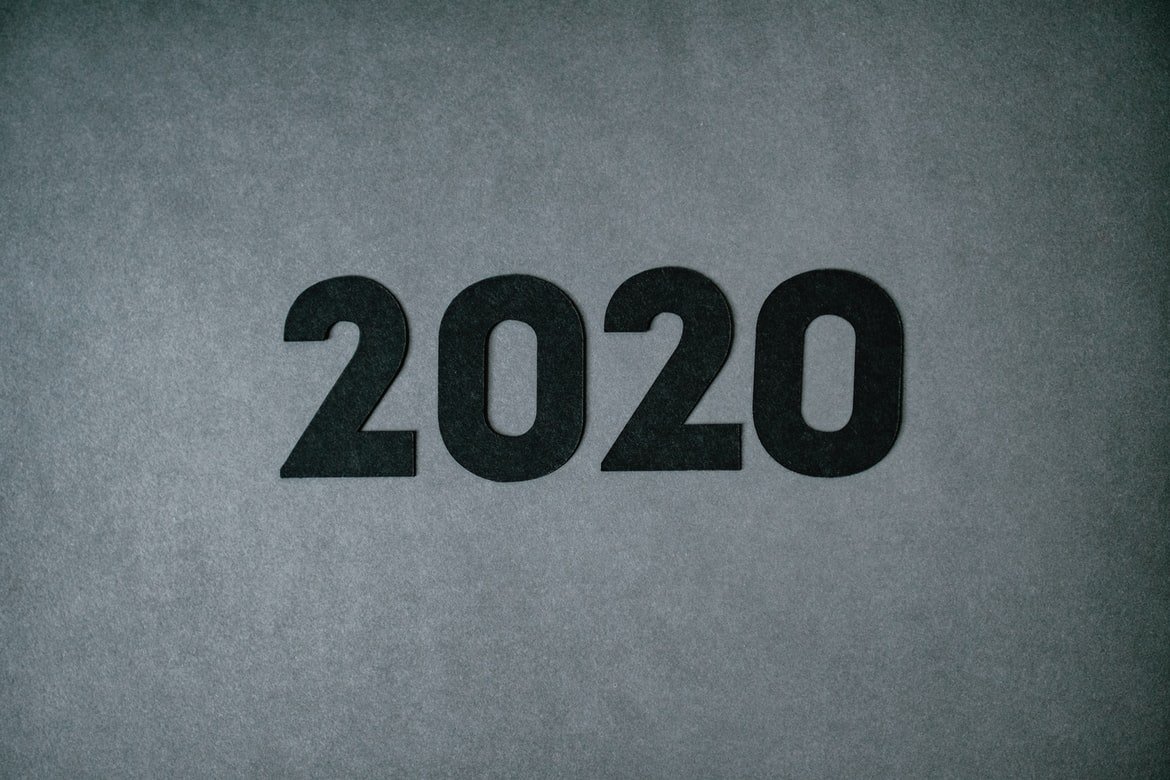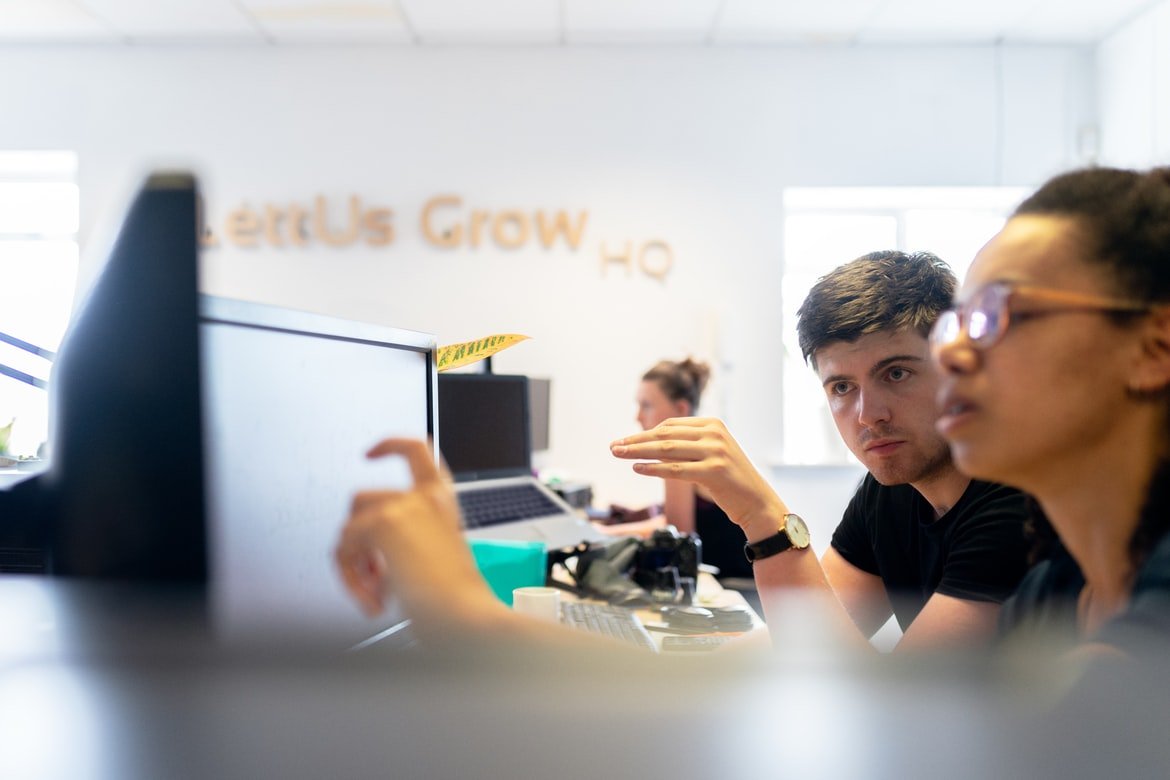What is business coaching?
Business coaching is a set of methods and techniques where the objective is to achieve the best possible efficiency in results.
This will motivate workers and thereby contribute to their professional and personal satisfaction.
The people responsible for a company being competitive, are very often those who have had numerous levels of business coaching in the past.
The origin of this kind of coaching application derives from the training of high performance sports teams.
Taken to the corporate sphere, the objective of coaching is, above all, to train managers and executives to increase their communication skills and improve their leadership abilities.
However, coaching can be applied to all employees, regardless of the position they occupy in the company, and it also works well in teams too.
So, what is the business coaching process?
What happens from the moment you need a coach, to the end of the intervention?
Business coaching process: from evaluation to intervention
You are probably aware of the benefits that business coaching could have in your business, but how do you implement it?
How to start? Here are the business coaching phases.
1. Assessment phase and diagnosis of need
The first thing to do is to analyse the initial situation – to know how to reach your ultimate goal.
For this, it is necessary to explain to the person who is going to receive the coaching sessions what the underlying purpose is.
It could be to develop skills, increase performance, or it can be coaching for a team of workers.
n the latter case, the coaching sessions will be focused on improving communication between team members.
Another possible analysis of the initial situation of workers, is to study their performance evaluations.
2. Design phase
After developing the diagnosis of need, comes the design phase.
In this phase, the work plan is approached.
The first thing is to set objectives that will be realistic, attainable, measurable, relevant, temporary and specific.
After having agreed on these, it is necessary to define how long the coaching process will last.
The duration of the coaching process will depend on the goal or goals that need to be achieved.
The coach will need to establish the number of sessions and define the coaching contract in which the company, the worker and the coach will be present.
3. Start-up phase
This phase is when the project starts and the coaching contract is signed.
The sessions usually last between 60 and 90 minutes.
Depending on the objective you want to achieve, 6 to 10 sessions will suffice.
Each session will monitor progress, by analysing what has been put into practice and the changes that it has involved.
Depending on the results, the techniques can be redefined.
4. Monitoring and evaluation phase
The monitoring is carried out through reports addressed to the worker and the company.
At the end, it is evaluated whether or not the objective has been achieved and what competences have been acquired.
It is convenient to carry out the final evaluation when 2 or 3 months have passed. This is so the coach can verify that the changes have been fully implemented by the business.
The steps to follow for individual coaching and team coaching are identical.
Now that you know how a global coaching process works, it’s important to know how the coach intervenes.
For this, you will need to know the models of business coaching…
Nordens Business Coaching
Our strategic Business coaching offers a tailored service to each client
- Vision & Financial Strategies
- Financial Transformation Planning
- Strategic Overview Perspective
- Management Issue Solutions
- Enhancement of Competitive Advantages
- Branding & Marketing Strategies
Business coaching models
There are different coaching models and you will opt for one or the other depending on the objective to be achieved.
There are three main business coaching models: GROW, OUTCOMES and ACHIEVE.
1. GROW model
This model consists of 4 phases.
Each of them must be developed correctly and if not, you must return to the initial stages, until you attain the proposed improvement.
The sessions with this model are based on the questions asked by the coach.
Business coaching questions have to be powerful, so that they invite reflection and guide the employee towards achieving their goal. That is why in coaching, closed questions are not used. The primary aim is to be challenged and guided toward a higher level of growth.
2. OUTCOMES model
Similar to the GROW model, the OUTCOMES model raises even more coaching.
Beginning by analysing and understanding the current situation and objectives more deeply, it takes the worker to higher levels of development.
It is widely used for managers, since the coaching intervention is more structured than in the previous model.
3. ACHIEVE model
With this method, the coach has to make a display of skills such as active listening, honest feedback, rapport development, stimulating questions and use of intuition.
You have to know how to motivate your workforce to be thoroughly involved in the process.
| This is a 6-step model: |
|---|
| Evaluation of the current situation |
| Posing alternatives to get out of the current situation |
| Defining goals |
| Searching for options to attain these goals |
| Designing an action plan |
| Maintaining motivation |
Business coaching dynamics: what is done during coaching sessions?
If you don’t know too much about coaching, you may be wondering what exactly is done.
Here are some of the most commonly used business coaching dynamics.
1. The positive qualities
This exercise serves to motivate work teams.
It consists of each team member thinking what they like most in their other teammates and exposing it.
This practice is both challenging and liberating, since we often find it hard to openly express our thoughts on other colleagues.
2. Theme exposures
The team is set to work on a topic and each one prepares a presentation defending their proposal.
This exercise serves to know the positions of the workers and their ability in defending their ideas.
This also helps you to know the facets of your colleagues that you did not know.
3. Brainstorm
One of the best known dynamics, brainstorming allows each team member to give one or more ideas on a proposed topic, while the coach is guiding the discussion on a board or flipchart.
It is a way to involve teams more in company decisions.
These types of dynamics are widely used in group coaching, although they can also be used in individual sessions too.
Nordens Can Help
We hope you have no doubts about the benefits of business coaching for your employees.
This method is used by some of the largest and most successful companies in the world. The outcomes are proven.
Do you already apply it and want to share the results achieved?
Or are you looking to take the first step?
In any case, we would like to hear from you about your experiences and help your business gain the expert guidance of a business coach.
Why not get in touch with our strategic team today?
Nordens Business Coaching
Our strategic Business coaching offers a tailored service to each client




